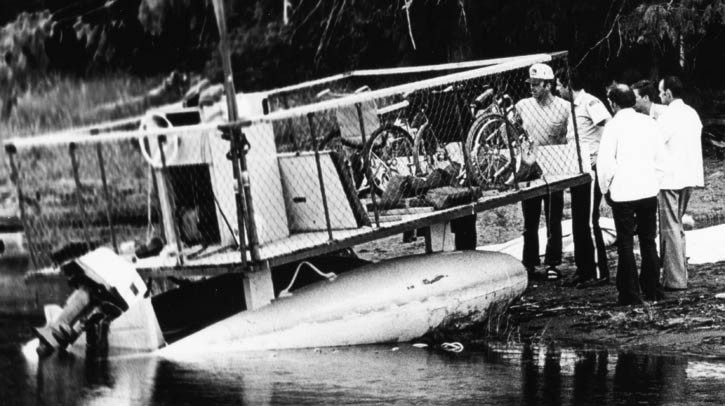“In 1960, the Kiwanis Club of Vancouver Island had a dream and with great vision, built what was known then as the Kiwanis Camp. Over the years with the generous support of Island Kiwanis Clubs and huge commitment by Cowichan Lake members, the Kiwanis Camp became a popular destination for organized summer experiences for youth and adults” (source: Cowichan Lake Outdoor Education and Conference Centre website).
Situated on a lovely stretch of waterfront property on Cowichan Lake, the complex consisted of a main lounge, dining room recreation area, kitchen and bathrooms with caretaker living quarters above.
Two large dormitories, designed to sleep 20 per building, were constructed on either side of the main building.
Although politically incorrect in today’s society, the complex was referred to as the Kiwanis Handicapped Camp.
The purpose of the project was to provide a modern new facility designed exclusively for summer holiday enjoyment by people with physical and other disabilities.
Local club members and other “good citizens of the district,” began work by doing the ground clearing, preparation and road building on the newly purchased property, reported a November 1967 issue of the Lake News.
Many financial and in-kind donations from area mills, business firms and individuals helped finance the project, which was built by volunteer labour.
Over the following years, the Kiwanians continued providing financial and individual support for the operation and maintenance of the facility while professionals and others ran the actual summer camp programs.
Unfortunately, the idyllic summer days at the lake ended in tragedy on July 28, 1977, with the drowning of seven summer camp guests.
“I never trusted that thing right from the start” commented local resident [the late] Earl Gravelle, then caretaker at the Kiwanis camp.
He was referring to the water craft on which the victims were riding.
The pontoon boat, as it was referred to, was an 8x12 foot deck with three foot fencing along the perimeter of the deck set on two pontoons and powered by a 20 hp motor.
It’s more than clear that by today’s safety standards, the contraption was a disaster waiting to happen.
It was determined that the craft, with seven campers and two supervisors on board, “flipped over” in 40 feet of water, 150 feet from shore.
At the time of the mishap, the supervisors who were thrown clear, “immediately tried to pull the campers out but the three foot safety fence. …And the fact that the victims were pushed against the inverted deck by the life jackets they wore, made it impossible to free them.”
Two of the victims had been strapped into secured wheelchairs while five others were seated on the deck.
Twenty minutes later, and after several unsuccessful attempts to rescue those trapped, the craft was towed to shore by a cable from a tow truck.
What had begun as a short trip up the lake to meet up with a group of campers ended in the worst marine tragedy ever to occur on Cowichan Lake.
In 1988, the Kiwanis Club transferred the land and buildings to School District 66 with the provision that it forever remain an “education facility.”
In 1996, with the forced amalgamation of the local school district with Duncan’s school district looming, this school district transferred it to the Village of Lake Cowichan.
Today the facility, much improved and added to, operates under the name Cowichan Lake Outdoor Recreation and Conference Centre.
(It is the feeling of this author – a School District 66 trustee from 1985 to 1996 – that the Kiwanians, most of whom are now deceased, would be pleased that the facility remains an educational institution, as was agreed.)
